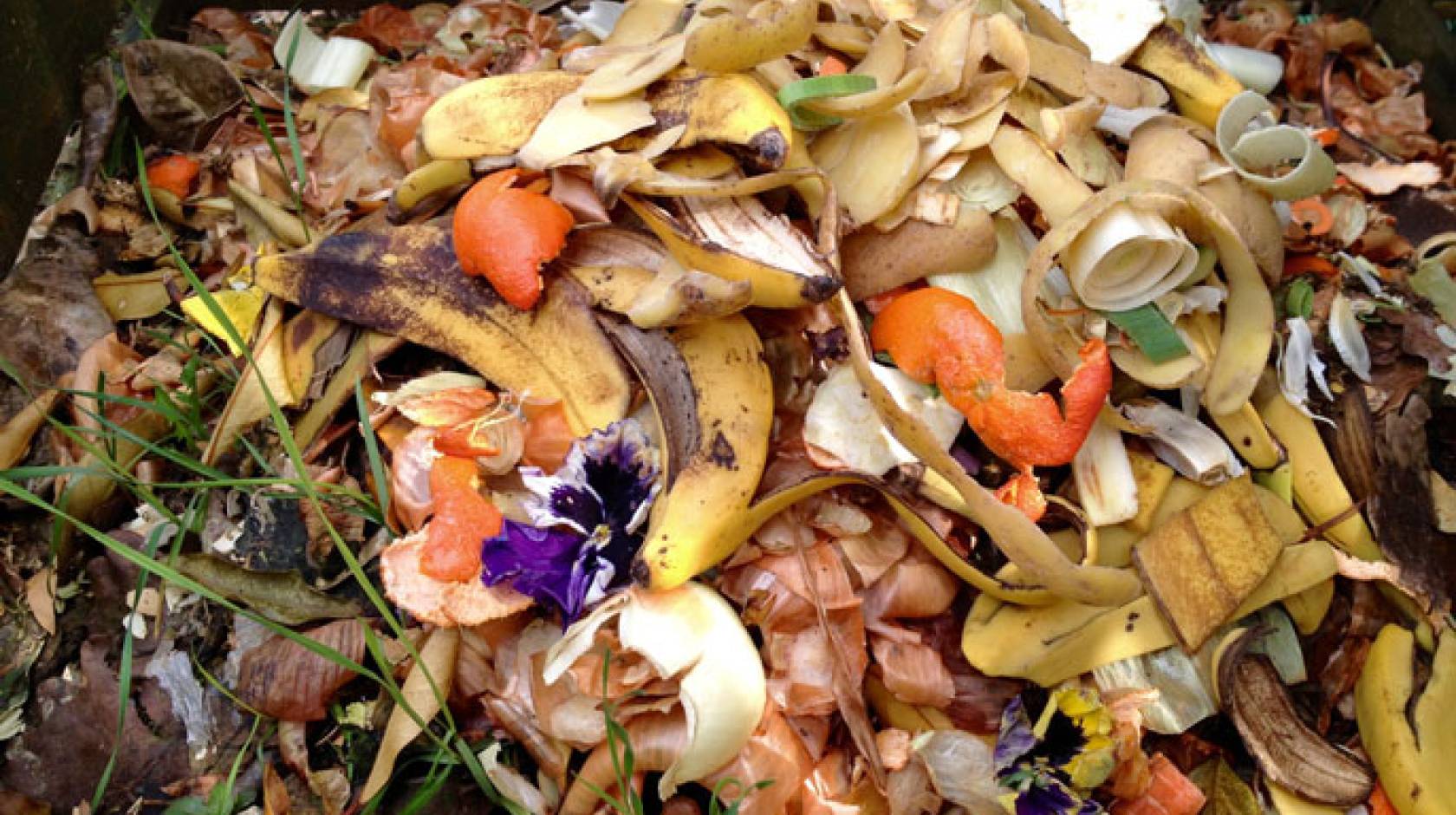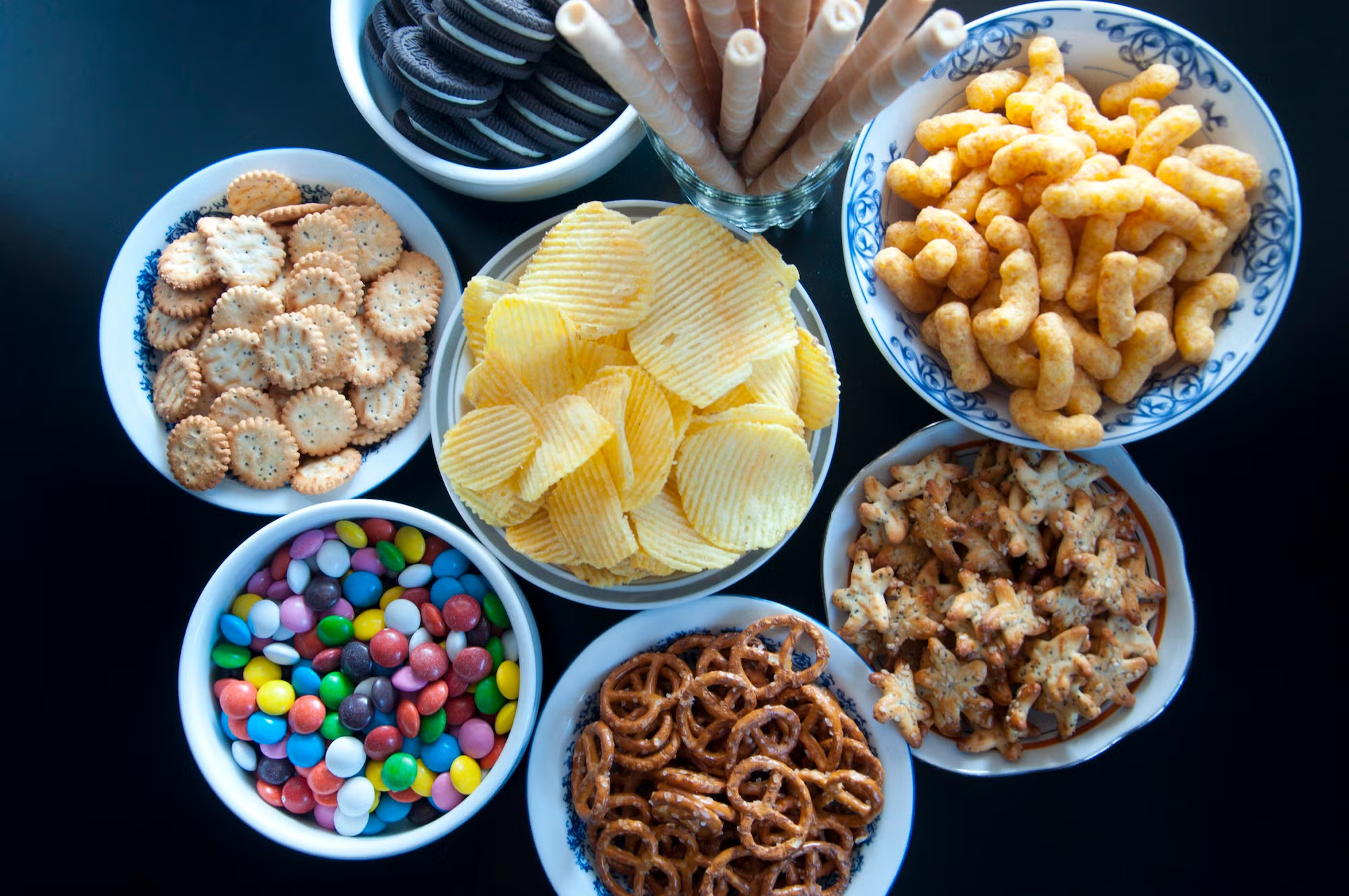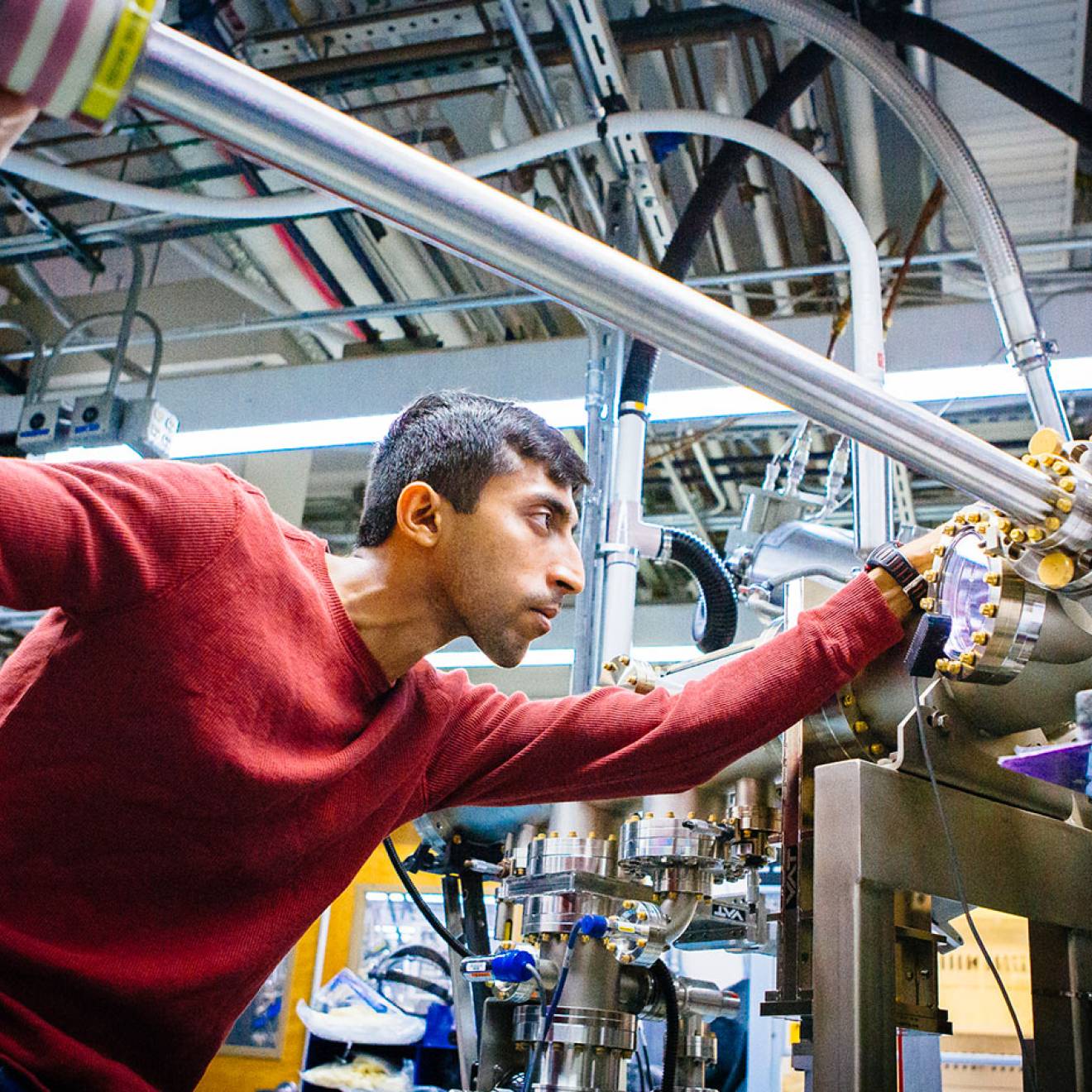Wendi Gosliner, UC Food Observer

Food waste presents a major challenge in the United States. Estimates suggest that up to 40 percent of the food produced nationally never gets consumed, causing substantial economic and environmental harms.
Wasted food utilizes vast quantities of precious land, water and human resources, yet rather than nourishing people, it feeds landfills, producing methane gasses that poison the environment. Much of the food waste (43 percent) occurs at the household level.

Household waste is exacerbated by a variety of factors, including inappropriate retail food portion sizes, confusing food labels with non-standardized pull dates, the relatively low-cost of food for some constituencies and inadequate consumer messaging about proper food handling and storage. A 2014 USDA report estimated that a staggering 1,249 calories per person per day in the United States are wasted — more than enough to feed all the 1 in 8 Californians currently experiencing hunger and food insecurity.
Leveraging nutrition education programs to tackle food waste in California
How can we tackle this critical issue? On Feb. 3, leaders from California’s public health and nutrition education programs (including WIC, the National School Lunch Program, SNAP-Ed and UC Cooperative Extension) will meet in Sacramento to consider new opportunities for supporting Californians to optimize food resources and reduce food waste.
The meeting is co-hosted by the Public Health Alliance of Southern California and the Nutrition Policy Institute of the University of California Division of Agriculture and Natural Resources. Experts from the National Resources Defense Council, ReFed and Californians Against Waste will provide an overview of the waste issue and current national and statewide food waste reduction goals.
Read more at UC Food Observer.

